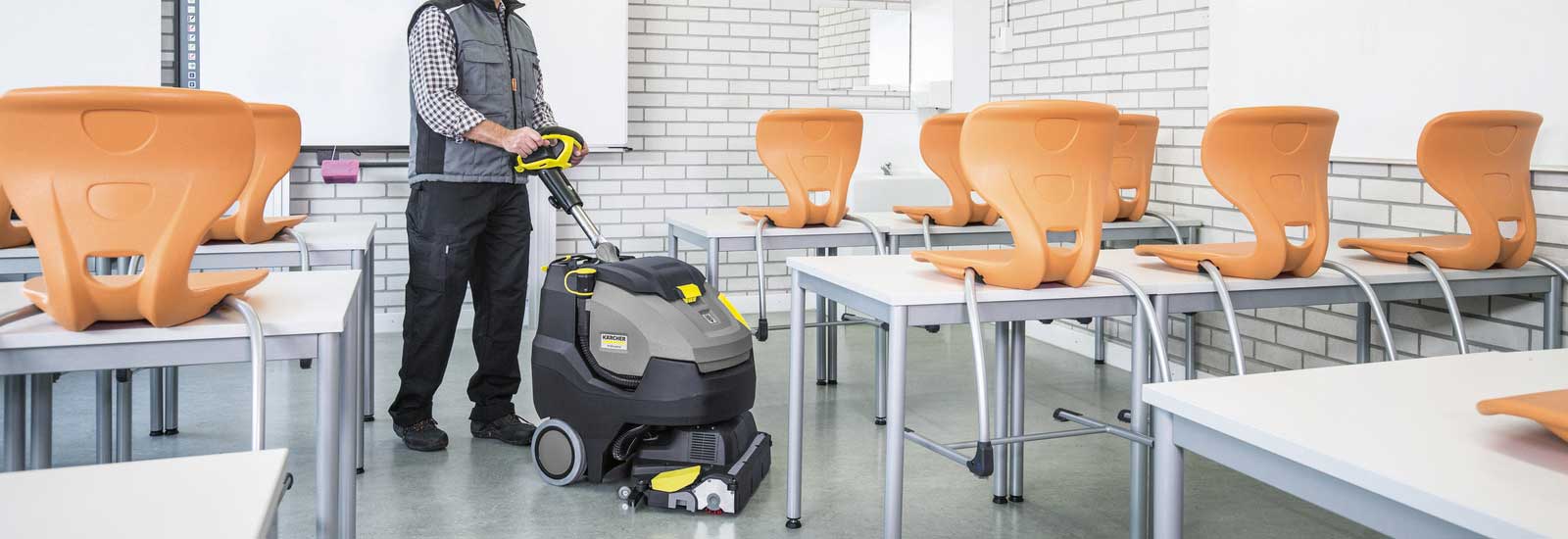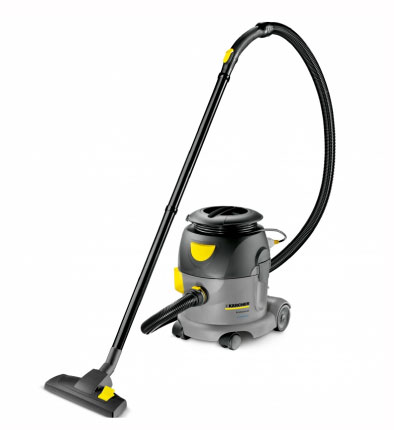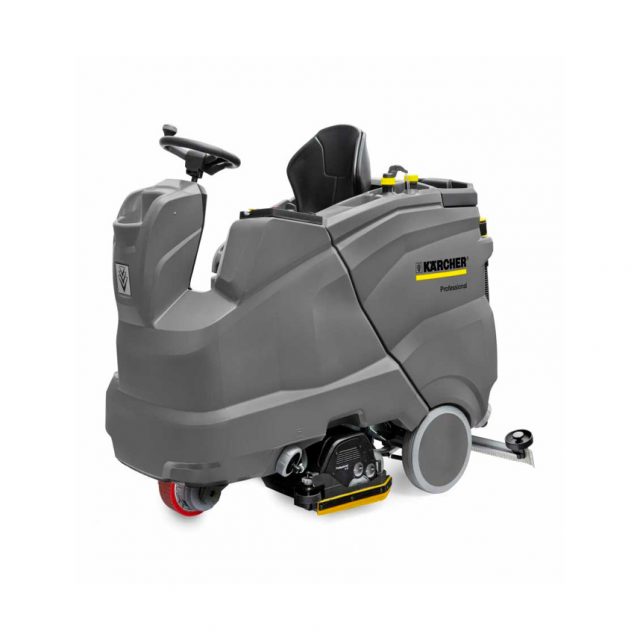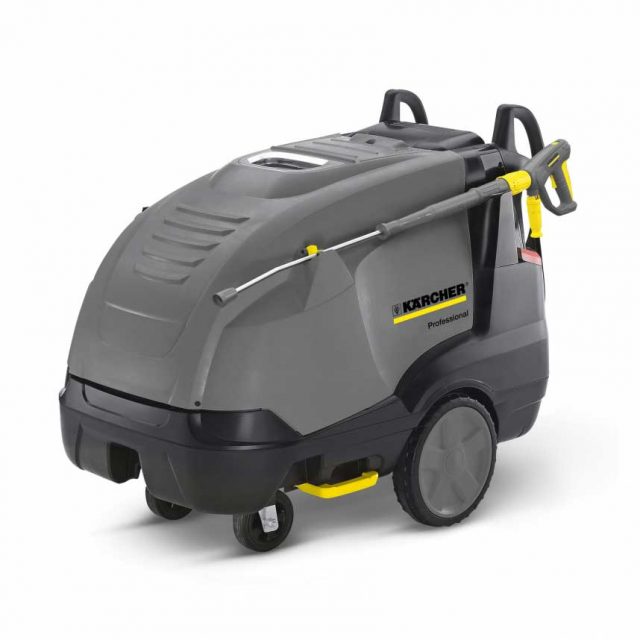Protection through hygiene
The COVID-19 outbreak has taught us all a valuable lesson – that cleaning and hygiene levels are key to managing a virus. It has also highlighted the different factors that play a part in this system of cleaning and the issues that can arise with them. That’s why understanding the principles and systems of effective cleaning sequences is so important.
Step 1: The Risk Analysis
The path to good hygiene in a school or daycare centre starts with a risk analysis. Many of these institutions will have had first-hand experience with this due to the pandemic and lessons have been learned. But it is still a good exercise to carry out regularly, especially once the focus on COVID-19 has eased a little.
Questions that need to be asked, especially after a closure due to an outbreak, include:
- How can the spread of germs from children and adults be prevented?
- What are the weak spots where cleaning and hygiene processes may have failed?
- Could the workload of cleaning jobs be altered to allow some areas to be less clean and others to have more focus based on risk?
An example could be that less dusting to remove sand from the floor is done in favour of disinfecting all the desk surfaces. The aim is to spot areas of weakness and to see if the current cleaning task list needs to be altered to handle these.
Simple cleaning charts can be used to detail what needs to be cleaned and when. Colour areas marked for dust-binding or wet wiping so that everyone is aware of what needs to be done.
Step 2: Implementation
While the risk analysis will highlight the problems, it isn’t until the implementation happens that practical issues might arise.
Let’s say you are reopening a classroom after an outbreak in that age group forced it to shut. Then a deep clean will eradicate 90% of the viruses and other bacteria that may be present. It is also important to look at the details of the room. If there are sinks, for example, then all taps and drains need to be rinsed as stagnant water is an infection risk.
Day to day use
Part of implementation is studying day to day use of areas and if this impacts the cleaning as planned. When you have small children, there’s the inevitability that hands go to mouths and then onto surfaces. That’s why it is important to regular disinfect areas such as door handles, accessible windows, cloakroom areas and other surfaces.
But it is also important to use cleaning products that don’t leave a residue that the children can pick up. So alcohol dries without residue while peroxide decays.
Also factor in adult-only areas for cleaning such as staff rooms and kitchens. Areas such as fridges, coffee machines and vending machines all need regular cleaning.
What to clean with
Surface cleaning is best done with a microfibre cloth and spray bottles filled with disinfectant for manual surface cleaning.
Generally, blue cloths are used for surfaces and red cloths for toilets to avoid any mix-up. Methods such as the 8-fold or 16-fold can ensure the cloth is always cleaned with a fresh area and germs are not carried from one room to another. This systematic folding and unfolding allow the maximum use of the cloth.
Floor cleaning daily should involve a vacuum cleaner that has a HEPA filter and can pick up and retain those microorganisms. It is fine to manually wipe floors to grab the thick of dust and dirt.






















